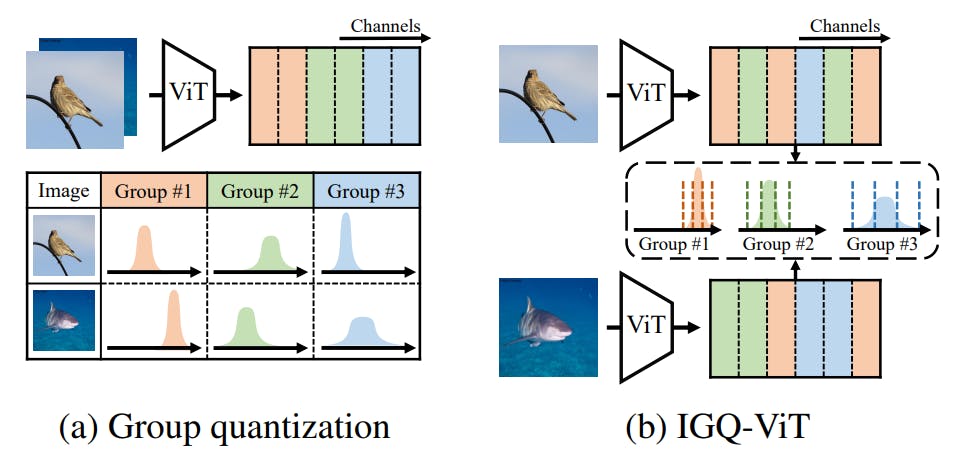August 14, 2025
A marketplace for mission-ready AI: Accelerating capability delivery to the Pentagon
TO: The secretary of defense
FROM: Jack Long, Bharat C. Patel, and Jags Kandasamy
DATE: August 14, 2025
SUBJECT: Proposing a performance-based AI model marketplace for the Department of Defense
- Jack Long, PhD, is a lieutenant colonel in the US Marine Corps Reserve and the Naval AI lead at the Office of Naval Research.
- Bharat C. Patel is product lead, Project Linchpin, at the US Army Program Executive Office–Intelligence, Electronic Warfare, and Sensors.
- Jags Kandasamy is co-founder and chief executive officer of Latent AI, a start-up offering scalable, secure edge AI solutions for battlefield and industrial environments. He is also a distinguished fellow at the University of South Florida’s Global and National Security Institute.
The Department of Defense (DOD) should accelerate the deployment of operational artificial intelligence (AI) by establishing a performance-driven AI model marketplace. This strategic insights memo outlines a framework for one such marketplace. The approach incentivizes innovation through open competition, rapid iteration, and real-world performance validation—delivering mission-ready AI solutions at speed and scale. This proposal follows the principles outlined by the ’s Software-Defined Warfare Commission.
Currently, the government purchases AI models from a variety of industry partners. These models need regular retraining and optimization to be relevant in the deployed scenarios. There is a better way to meet the Defense Department’s need for AI.
In this proposal, the government would make a “data lake” available for industry partners to use to train models. This data lake could consist of imagery, radio frequency, sonar, and other mission-relevant datasets. Vendors could independently train models on this data lake and submit them to a centralized government model catalog—the Open Model Marketplace—where they would be made available for discovery and deployment by DOD components across services and commands.
Unlike the traditional procurement of AI through upfront contracts, this approach would compensate vendors based solely on model usage. The government would pay only for performance and the vendors would make money each time their models are deployed in operations. Models that demonstrate real-world utility, responsiveness to mission context, efficient compute utilization, and value to the user and value to the user would naturally rise to the top.
Step one: The Pentagon sets up a government-furnished data playground.
- DOD will establish and operate a secure data playground in which industry partners can work with US government data at various classification levels.
- DOD will provide vetted industry partners access to datasets and a data catalog.
- The playground will provide secure infrastructure; vendors are expected to support the infrastructure by paying to use it.
Step two: Vendors develop models and DOD vets them.
- DOD will provide known requirements, but vendors would be free to develop models for any use case they consider relevant.
- Models will be assessed via common and standardized metrics.
- Models will be vetted for relevance, performance, security, interoperability, and ethical considerations.
- Models will undergo basic validation and be scored before gaining approval for inclusion in the catalog of the Open Model Marketplace.
Step three: DOD units use the Open Model Marketplace.
- The Open Model Marketplace will be a centralized catalog containing all approved models categorized by mission, type, accuracy, and resource footprint.
- Government customers could perform additional testing on models to assess relevance.
- Any DOD unit could select and deploy models that meet its mission needs.
- Users could run models on the compute infrastructure of their choice.
- Models could be selected individually or as part of a “model pack” based on pricing offered by vendors.
Step four: Vendors are paid using a pay-for-performance model.
- Vendors will be compensated based on model consumption—with no upfront funding or long-term exclusivity.
- Model pricing will be independent of compute costs; models will run on government hardware.
- The model can be used on a monthly basis, with the option to terminate at end of each month.
- Vendors willing to assume risk could move quickly to build solutions.
- By avoiding long-term contracts or vendor lock-in, DOD could maintain flexibility.
- Innovation cycles would be shortened as vendors continuously iterate to remain competitive.
Step five: Users and customers score and give feedback.
- DOD can concurrently run multiple models that address the same problem.
- Government units will provide structured feedback and scoring on model performance.
- Users will send feedback to both the vendor and a DOD Test, Evaluation, Validation and Verification oversight team.
- Model performance statistics will be included in a model card and visible in a model catalog.
- Poorly performing models will be flagged, while high performers will be rewarded with increased usage and visibility.
Step six: Contracting pathways for acquisition.
- The DOD can leverage different contracting mechanisms to enable both rapid onboarding of new models and scalable deployment of proven ones.
- For newer models, the Commercial Solutions Opening authority is the best option to quickly prototype and validate capabilities that are tied to specific operational needs.
- For proven models, DOD should establish a multiple-award Blanket Purchase Agreement under Federal Acquisition Regulation 13.5 or 16.703 to pre-qualify and establish standardized terms (security, intellectual property, telemetry, runtime), enabling rapid call orders for repeat or scaled use.
- This approach ensures the marketplace serves as both an on-ramp for emerging capabilities and a fast lane for repeat procurement.
An open-model marketplace would offer several benefits to servicemembers.
- Innovation: Access to data would make it possible for the vendor base to iterate and develop faster.
- Speed: DOD would have immediate access to cutting-edge models without procurement delays.
- Performance: Only the most effective models would be likely to survive based on real-world success.
- Flexibility: DOD operators could tailor model selection to their unique operating environments.
- Cost-efficiency: DOD would only spend taxpayer dollars on solutions that deliver value, avoiding sunk costs.
To handle adoption and implementation, the Pentagon’s Chief Digital and AI Office (CDAO) should develop a franchise strategy in which it sets the standards but others (e.g., services, combatant commands, and others) can set up their own operations. CDAO should define onboarding policies, model-intake standards, test and evaluation criteria, and other high-level rules, but should let the franchisees execute. This approach would ensure department-wide interoperability while allowing fast movers to drive ahead.
Acknowledgments
Latent AI is a financial supporter of the ’s Scowcroft Center for Strategy and Security’s Software-Defined Warfare Commission. Kandasamy is an industry member of the commission.
The views expressed are the authors’ own and do not necessarily reflect those of their employer, the US government, or any affiliated organization.
Explore the program
Forward Defense leads the ’s US and global defense programming, developing actionable recommendations for the United States and its allies and partners to compete, innovate, and navigate the rapidly evolving character of warfare. Through its work on US defense policy and force design, the military applications of advanced technology, space security, strategic deterrence, and defense industrial revitalization, it informs the strategies, policies, and capabilities that the United States will need to deter, and, if necessary, prevail in major-power conflict.
Image: Photo by Robs on Unsplash









